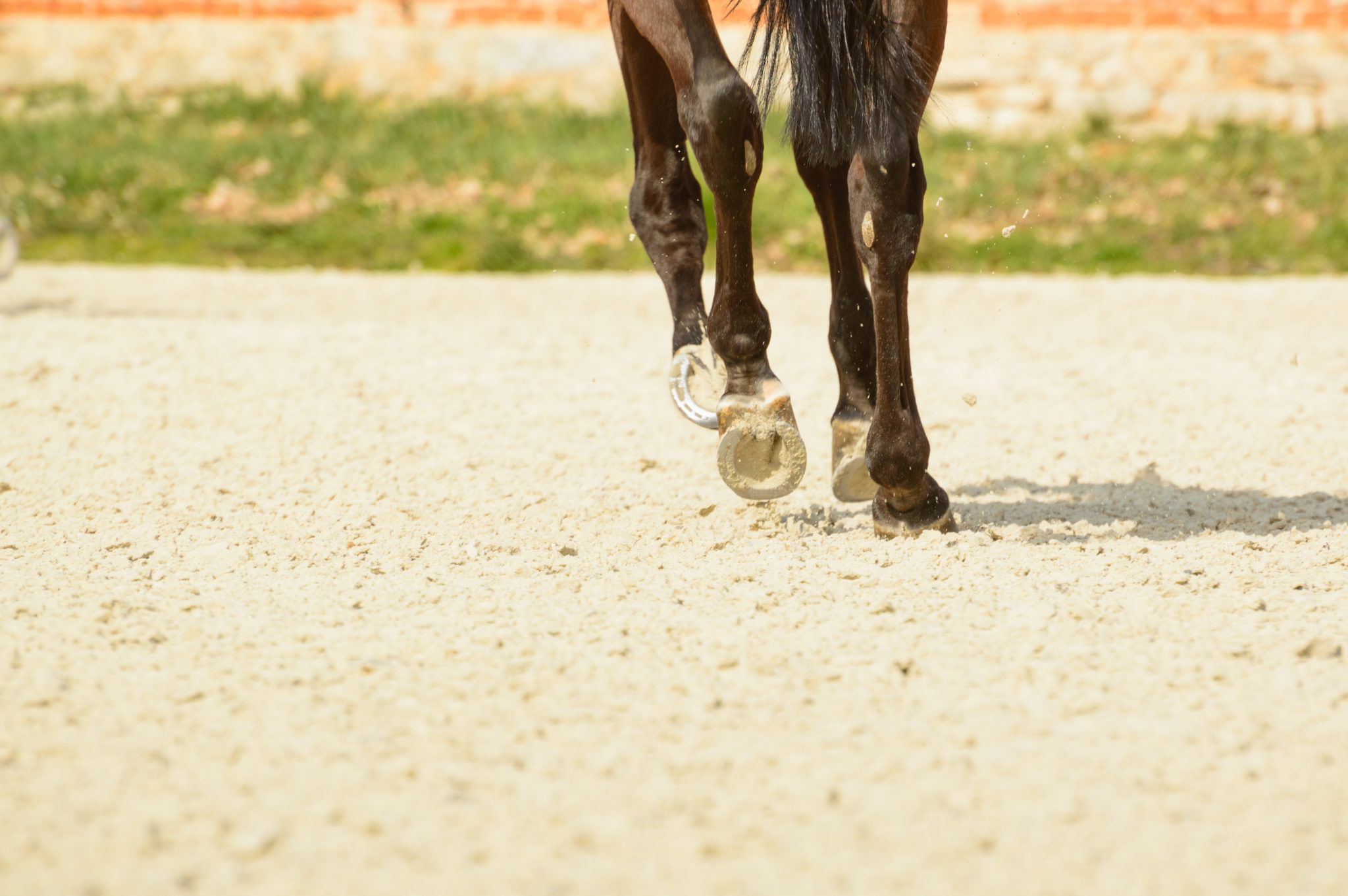Q: What is the maximum weight a horse should carry?
Asked by Bernadette Marx
A: This is a difficult question. Horses can carry between 12 and 20% of their body weight, but body weight is not the only factor that decides if a horse can reasonably be expected to carry the weight. You have to look at a horse’s muscles, build and breed to make a safe observation and conclusion.
Is the back of the horse weak or strong? Does the horse have enough muscle? Also, you need to check the body shape of the person who is going to ride the horse. For example, if a person who is going to ride the horse is very overweight, as opposed to muscular, the pressure on the horse’s back is much higher than with a person with the same weight but a more muscular build. Because fat is loose tissue, the weight of the fat will generally cause more uncontrolled pressure on the horse’s back at a later stage than with ‘normal’ body weight. In this way, the horse gets ‘two beats’ of weight per stride.
Horse riding is a sport in which you are dealing with not only yourself but also another living creature. It is up to you to make sure that the horse does not have to carry someone who is not fit for it. There is no weight difference between what a horse should carry in leisure or competition. In order to ride, you need to be fit, just like your horse.
Weight is a sensitive topic, but for equestrians the welfare of the horse should be paramount. This doesn’t mean that overweight adults shouldn’t ride, but they should make sure the size and build of their horse is appropriate for their weight. People tend to think that because horses are such big animals they can handle anything, but the impact on their health can be quite extreme.
Answered by Equine Support International
Saddle fitter opinion
Saddle fitter Siobhan Records is passionate about the subject, asserting: “Once a rider and their tack passes into the 15 to 20% range of their horse’s body weight, they need to start paying keen attention to all aspects that have an impact on the horse’s well-being, like muscle tone, development and fitness, the quality of the horse’s feet, and the correct fit of the saddle. Most importantly, the rider needs to take an introspective and honest look at their riding ability and fitness to determine if they are helping or hindering their horse.”
Siobhan goes on to say that the issue is more complex than a simple weight percentage, and the following should also be taken into consideration:
- The age of the horse. Most horses only reach skeletal maturation at the age of six, with the spine being the last place to fuse. A young or green horse who is still developing the correct muscles needs a light, sympathetic rider, as does an older horse, particularly if he’s been prone to injury.
- The type of work the horse is required to do with the rider. Is he fit enough with correct development of his topline and core? A competitive horse who works in an arena, jumping or schooling in circles at different paces with upward and downward transitions, is under far more pressure than a horse who just hacks out.
- Horses with wider loins (the width of the back behind the saddle) and a thicker cannon bone circumference are better able to cope with heavier loads.
- The horse’s condition and breed. Research has shown that body condition is the strongest indicator of how well a horse can cope with a heavier rider.
- The type of saddle being used, and whether it is correctly fitted.
- The competency and balance of the rider. There is no doubt that a quiet, balanced rider who moves with the horse is ‘lighter’ than an unbalanced rider of the same weight. Beginners are particularly hard on their horses until they learn to balance themselves and control their bodies when mounted.

